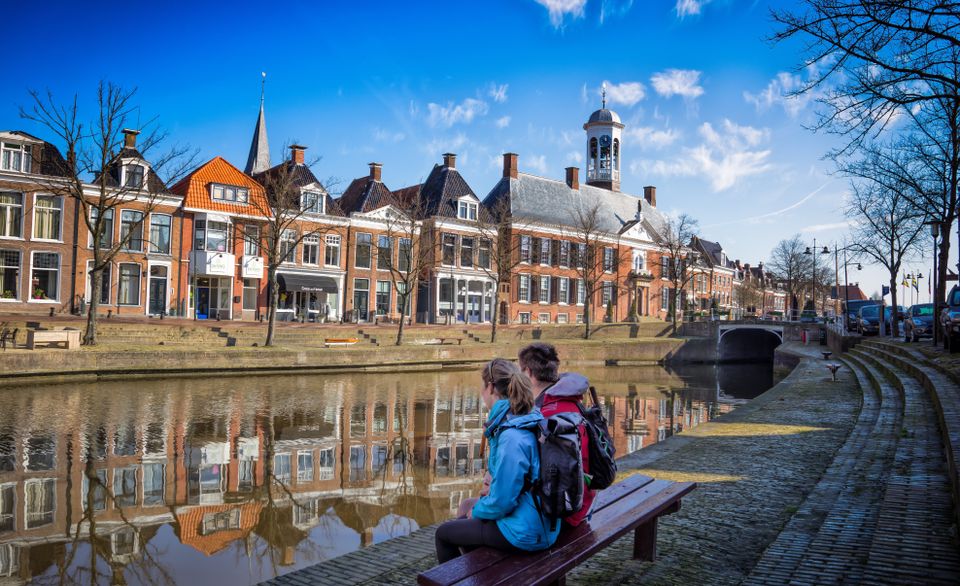Location
609 to 640 of 970 results
-
Harsta Hoeve
Harsta Hoeve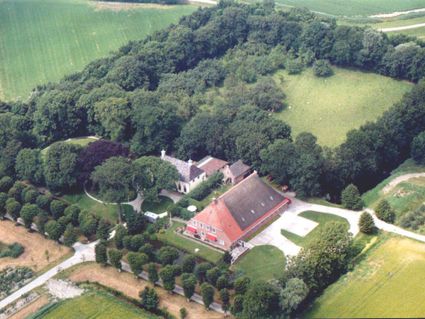 Hegebeintum
Hegebeintum -
Camping & Haven Recreatie Dokkum
Camping & Haven Recreatie Dokkum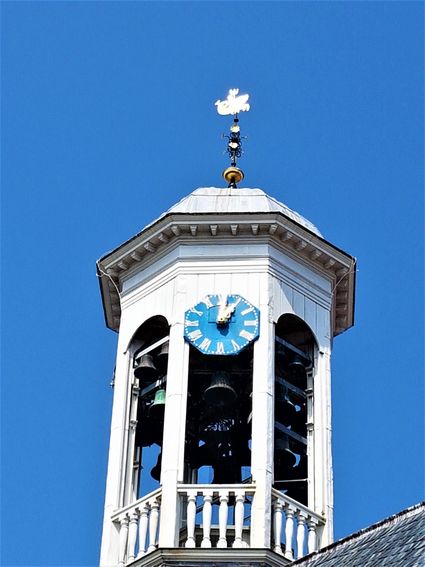 Dokkum
Dokkum -
Ús Wâldhúske
Ús Wâldhúske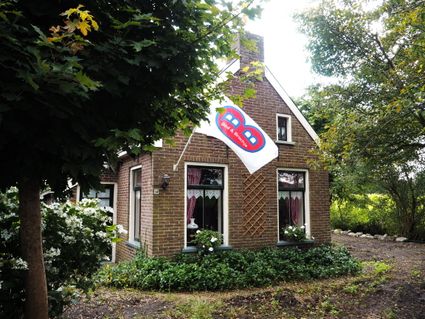 Burgum
Burgum -
Zeilcharter Willem Jacob
Zeilcharter Willem Jacob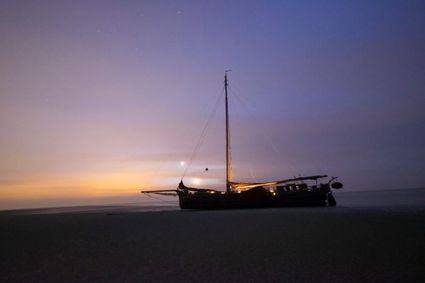 Groningen
Groningen -
Geologisch Monument Bouwepet
Geologisch Monument Bouwepet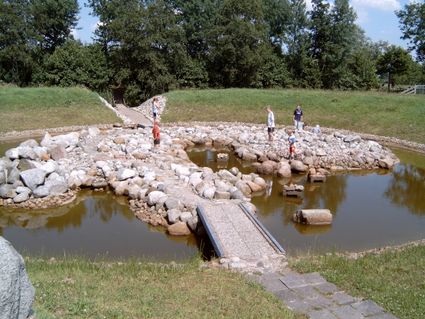 Mûnein
Mûnein -
E.M. Beimastraat
E.M. Beimastraat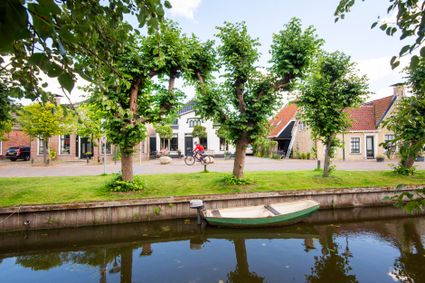 Eastermar
Eastermar -
't Ailand Lauwersoog
't Ailand Lauwersoog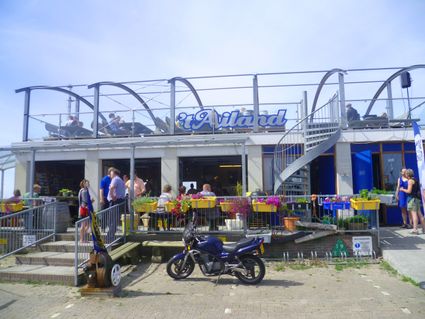 Lauwersoog
Lauwersoog -
Jan Cooks 4 you
Jan Cooks 4 you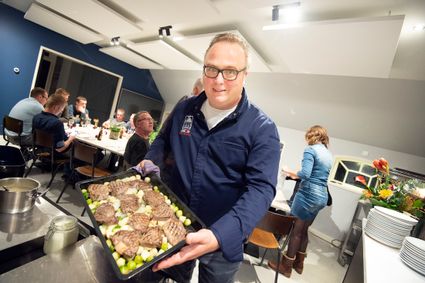 Brantgum
Brantgum -
Grutte Tsjerke Ternaard
Grutte Tsjerke Ternaard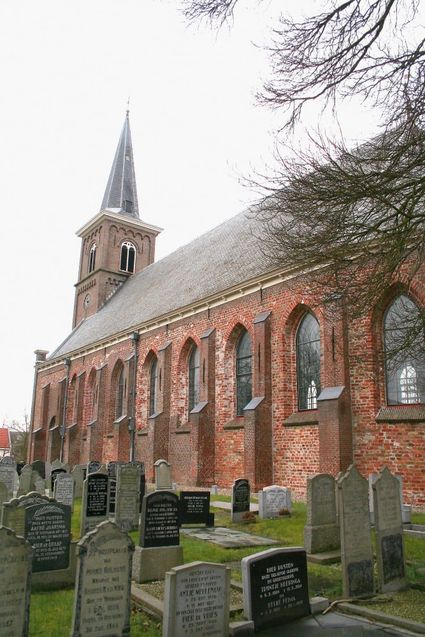 Ternaard
Ternaard -
Onze Groene Koe
Onze Groene Koe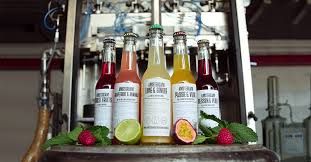 Twijzelerheide
Twijzelerheide -
Carpe Diem Friesland
Carpe Diem Friesland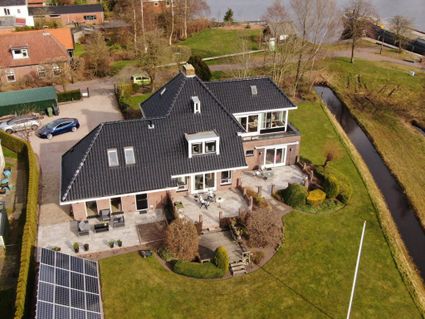 Earnewâld
Earnewâld -
De Guozzepôle
De Guozzepôle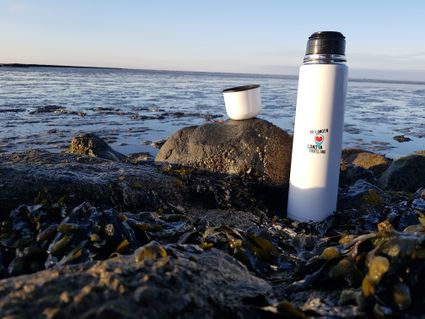 Anjum
Anjum -
Eetcafe 't Breed
Eetcafe 't Breed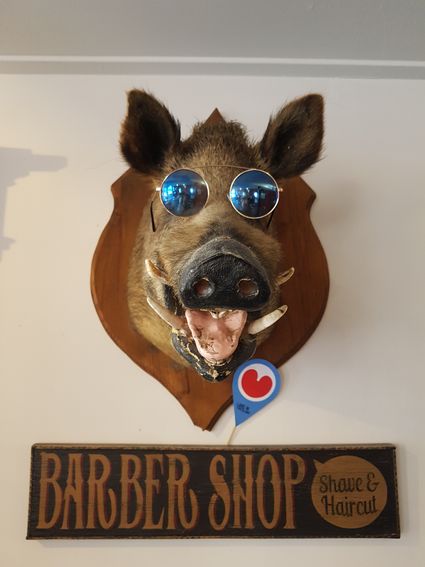 Eastermar
Eastermar -
Berltsum - vogelkijkscherm
Berltsum - vogelkijkscherm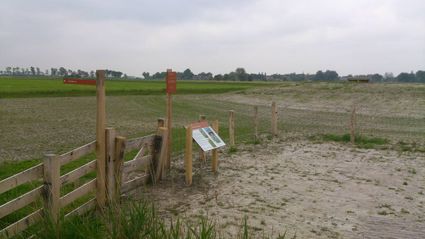 Sint Jacobiparochie
Sint Jacobiparochie -
Atelierkerk Ginnum
Atelierkerk Ginnum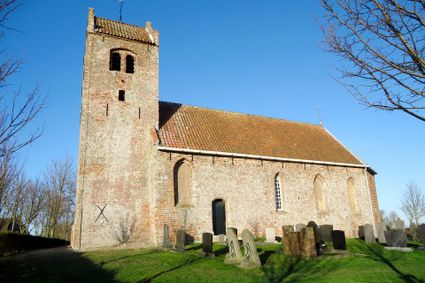 Ginnum
Ginnum -
Sloten (Sleat)
Sloten (Sleat)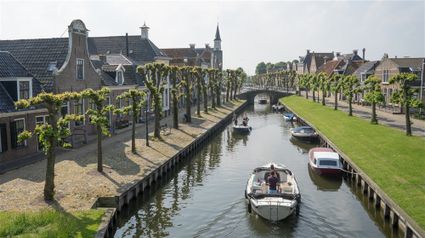 Sloten
Sloten -
Lunchroom 't Luifeltje
Lunchroom 't Luifeltje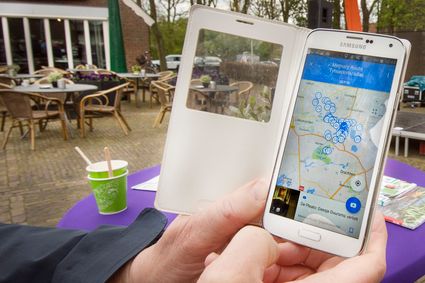 Burgum
Burgum -
Lendevallei - Catspoolder - Vogelkijkhut Peperga
Lendevallei - Catspoolder - Vogelkijkhut Peperga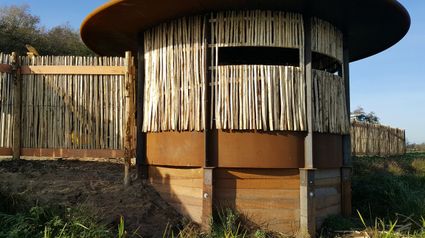 Peperga
Peperga -
Vlasmuseum It Braakhok
Vlasmuseum It Braakhok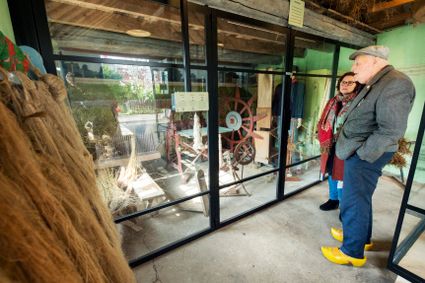 Ee
Ee -
Bootverhuur Eernewoude
Bootverhuur Eernewoude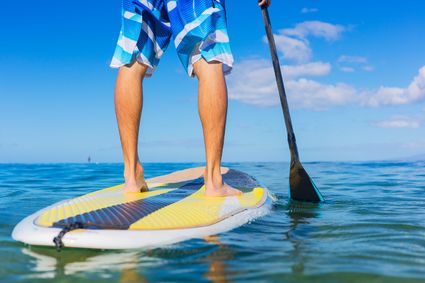 Eernewoude
Eernewoude -
Lauwersmeer - Ezumakeeg-Noord - Kijkheuvel
Lauwersmeer - Ezumakeeg-Noord - Kijkheuvel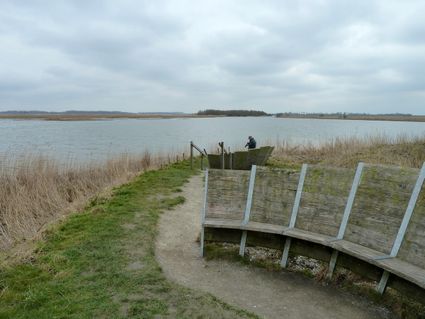 Eanjum
Eanjum -
TOP Earnewâld
TOP Earnewâld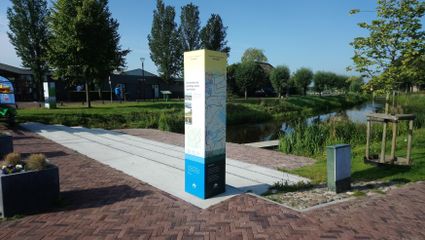 Earnewâld
Earnewâld -
B&B De Koesfabriek
B&B De Koesfabriek Dokkum
Dokkum -
Atelier Yfke Blom
Atelier Yfke Blom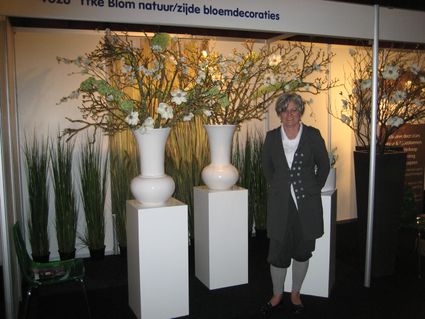 Foudgum
Foudgum -
Veerpont De Burd (Grouw Yne Lyte)
Veerpont De Burd (Grouw Yne Lyte)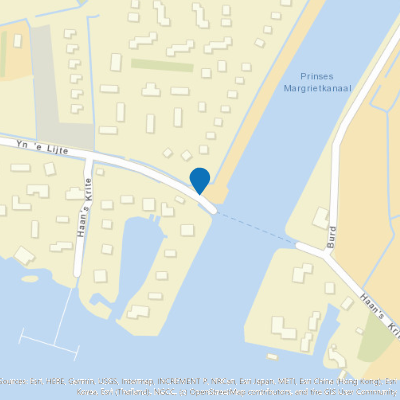 Grouw Yne Lyte
Grouw Yne Lyte -
Grote kerk of St-Martinuskerk Dokkum
Grote kerk of St-Martinuskerk Dokkum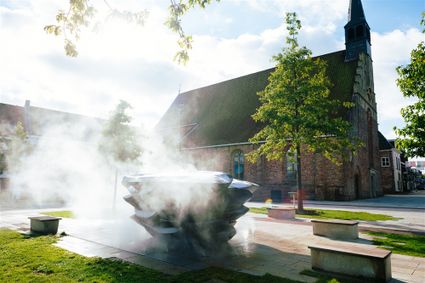 Dokkum
Dokkum -
(GESTREMD) Veerpont Sippen-finnen, Feanwâlden
(GESTREMD) Veerpont Sippen-finnen, Feanwâlden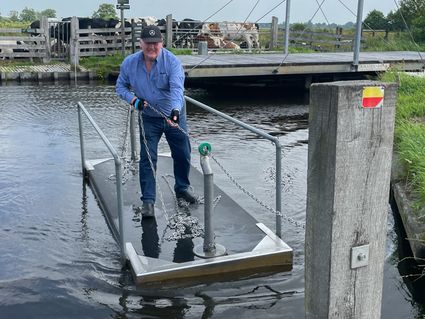
Out of use
Ryptsjerk -
Vissersmonument Wierum
Vissersmonument Wierum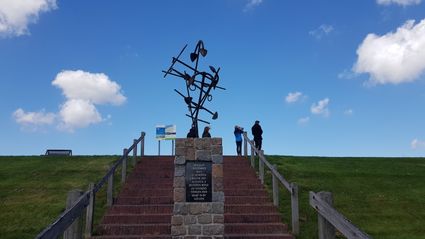 Wierum
Wierum -
Kerk van Engwierum
Kerk van Engwierum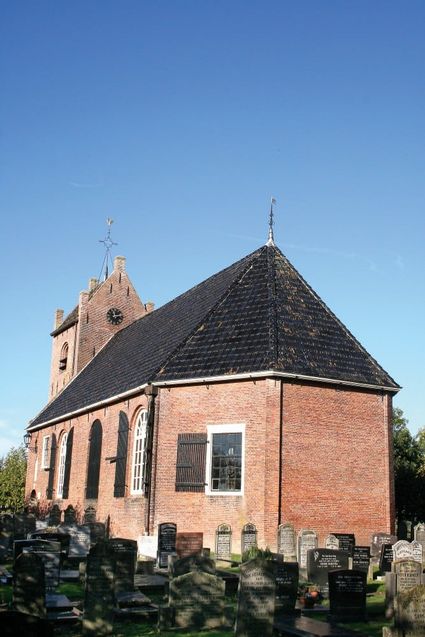 Engwierum
Engwierum -
De Bolstienpleats
De Bolstienpleats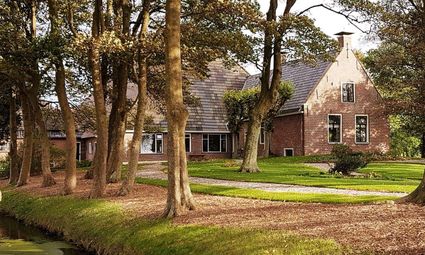 Aalsum
Aalsum -
Sathe 1772
Sathe 1772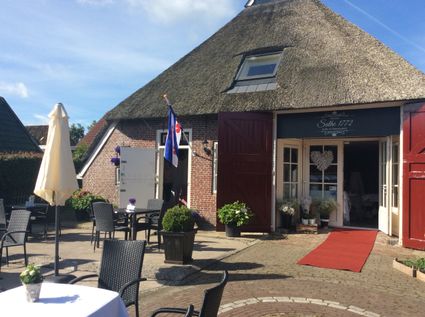 Morra
Morra -
Voormalig schoolgebouw
Voormalig schoolgebouw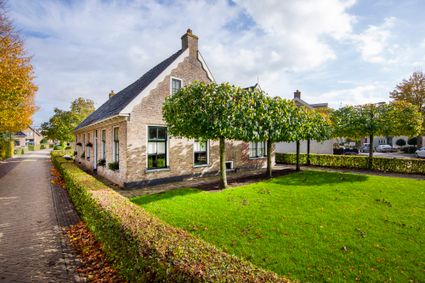 Garyp
Garyp
